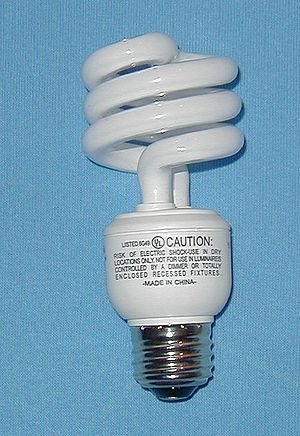Going Green on a Budget
Special Thanks to Amanda Green, for this guest post. Here are just 3 simple and easy tips, that will help you go green. You can get started right NOW, and you don’t have to break the bank in the process.
Going Green on a Budget
by Amanda Green
Lately, I’ve noticed a huge increase in the number of small businesses in alternative energy fields. In the past month alone, I’ve received two phone calls regarding the potential adoption of solar technology in my home.
Aside from the obvious, if only minor, annoyance that such in-home solicitations cause, I’m also concerned about another potential problem associated with these types of green offerings. By reaching out to many Americans who are unable to afford the high initial costs of such technologies, they potentially shadow the smaller, much more cost-effective and simple green home solutions,that even folks with poor credit can and should employ.
Going green doesn’t have to be about spending inordinate amounts of money on big alternative energy solutions for the home.
Aside from the obvious financially helpful solutions like finding the right credit card for bad credit, Americans struggling with financial issues should be looking to much simpler green solutions around the house to save them money while also helping the environment.
The following are just three simple tips for saving money while going green at the same time.
Save on Energy Costs
-Set thermostat temperatures just a few degrees warmer in the summer and a few degrees cooler in the winter – you’d be surprised at how much this can save in annual energy costs.
-Install energy-efficient bulbs when your current ones go out – CFLs or LEDs are particularly energy-efficient and can save tons of money over time.
-Wash clothes in cold water when possible, and dry using a clothes line instead of a dryer.
-Turn all appliances and energy users off and unplug them when not in use, or use smart power strips to reduce energy use and costs.
Smart Checking
-If your account offers paperless checking, sign up – this not only helps reduce your impact on the environment, but can actually save you money by allowing you to check your statements more frequently online, ensuring beneficial spending habits and that you’re not being charged unnecessary fees.
-Read up on your account details and make sure you’re not incurring any usage fees –if you are, use a service to compare checking account fees and find one that better suits your needs that can save you money.
-Don’t pay for checking – there are plenty of free account options out there that can save you money while offering high quality service.
Save on Water Costs
-Take shorter showers – this will lower your water and heating bills considerably over time.
-Install low-flow shower heads and faucet aerators – these appliances are often relatively inexpensive and will save you tons of money on water and energy costs.
-Don’t buy bottled water – instead, use a water purifier that will save you money as well as eliminate the use of environmentally hazardous plastics.
-Use a reusable water bottle when traveling – aluminum or other non-plastic,non-toxic options are usually best.
While there are certainly a number of other ways to go green for less around the house, these three considerations are some of the easiest to get you started on the path to green savings and solutions. By doing just a bit of research one can find a huge number of green tips to save and use energy efficiently around the house.
Start today: you’ll be doing yourself, your family, the environment, and your bank account, a big favor. We’re working toward a better tomorrow!




















